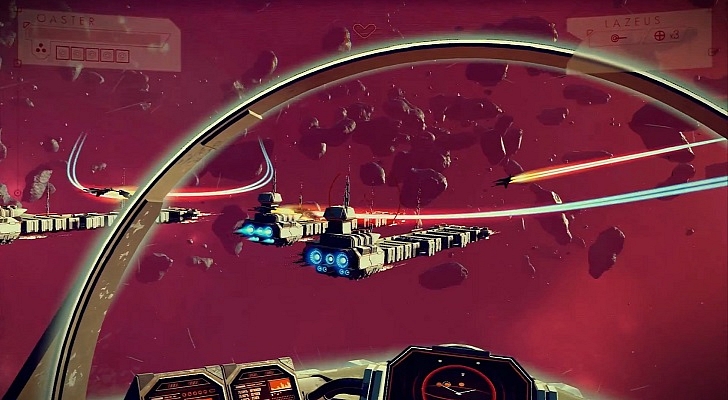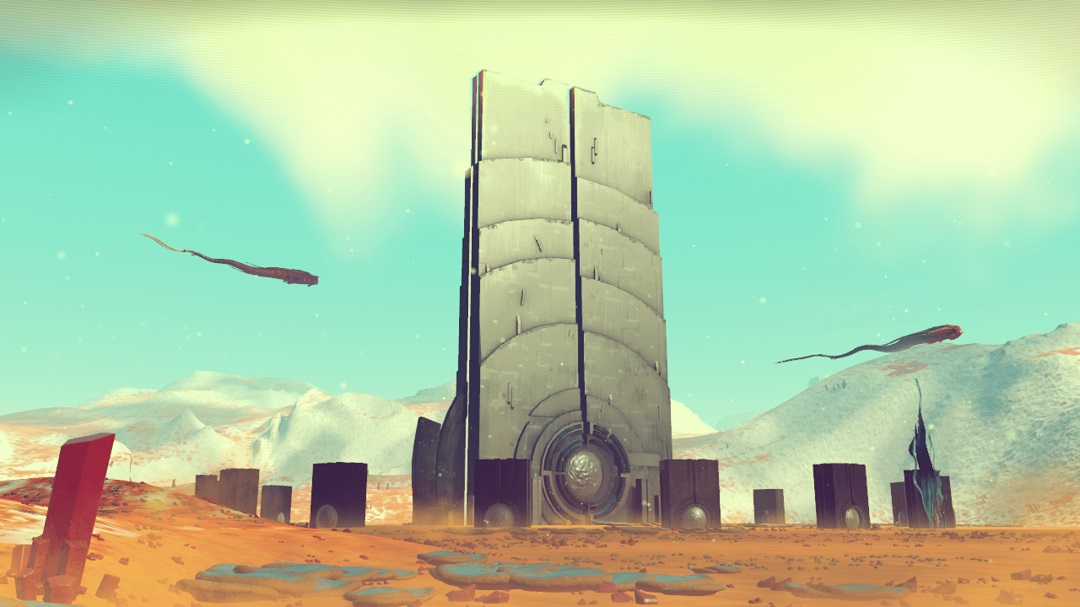From the beginning, No Man’s Sky was interesting. Ever since the PlayStation E3 conference, it was a game that most journalists and players were salivating to play. At some point, the hype train left, and went back to the station. Many games suffer from hype overload because of false advertising and misleading game play footage. No Man’s Sky is no different.
Developer Hello Games lost their core demographic upon No Man Sky’s release in 2016. They over delivered in the promotional and marketing of a game that received a 71% Metacritic score. This is acceptable, but it could not match the expectations created in peoples’ minds.
Last month, Hello Games started the hype train up again. They tried to regain some of the 2013 momentum with the launch of a new Alternate Reality Game (ARG) called Waking Titan. At the time, it was unclear if this game was connected to a new IP or No Man’s Sky.
The link became clear when 16 cassette tapes were mailed to the No Man’s Sky subreddits’ mods. Subsequently, these were quickly decoded and linked to a series of monoliths located on certain planets within the game. This led to several other discoveries, which informed fans of a new No Man’s Sky update, coming in August. While some players are excited, many don’t want to be disappointed. The hype is getting old, and I won’t fall for it again.
No Man’s Sky is an attention-getting game that wants to be more. It wanted to be Star Trek: a game where players can have fun discovering and exploring the world. It tapped into the primal urge of survival with the fight or flee options. The game plays like any other open world game… In a slightly bigger sandbox.
Although there are 16 quintillion planets for players to find, there isn’t much to do. After about fifteen minutes, game play gets monotonous. Yes, this is a technologically stunning game, but every planet is the same, with only small differences on each one. No Man’s Sky promised a lot, but failed to deliver. It’s nothing different after all.
What I am most bugged about is the mystery surrounding this game. By creating these hype situations, Hello Games is digging itself into a hole. Not all new game content needs to be driven by ARGs, or whatever other promotional content they come up with.
All of this speaks to the marketing of the game. No matter what you think of No Man’s Sky: the marketing was out of whack and continues to be. No Man’s Sky became a meme for online trolls, and a warning to future game developers. At this year’s Ubisoft E3 presentation, players heard “open-world space sim” for Beyond Good and Evil 2 and started to panic.
Hello Games could not handle No Man’s Sky. No matter where marketing problems originate, the risks are the same: damage to the brand. The game’s bold promises hyped players for the moon, stars, and everything in-between. They failed to tell players what was marketing spin, and what was reality. Players were never fully shown what the game was about. Hopes and dreams quickly turned into nightmares.
What’s the future of No Man’s Sky? It looks to be more of the same old content: periods of darkness in space with glimmers of stars in the background. I just hope Hello Games learns from their customer interactions to create something that is truly awe-inspiring, with realistic marketing.
As John Donne said in his famous poem, No Man Is An Island:
No man is an island,
Entire of itself,
Every man is a piece of the continent,
A part of the main.
No game is self-sufficient. All games rely on their marketing to do well. Unfortunately, this is an area where No Man’s Sky fell short.
What do you think about the hype surrounding No Man’s Sky? Do you agree with our analysis? Leave us a comment!








Published: Jul 9, 2017 06:48 pm